Hyundai IONIQ 5 vs Kia EV4 Hatchback – Which model is better for everyday use?
Compare performance, boot capacity, efficiency and price at a glance.
Find out which car is the better choice for you – Hyundai IONIQ 5 or Kia EV4 Hatchback?
Costs and Efficiency:
Looking at overall running costs, both models reveal some interesting differences in everyday economy.
Kia EV4 Hatchback has a a bit advantage in terms of price – it starts at 32200 £, while the Hyundai IONIQ 5 costs 38500 £. That’s a price difference of around 6265 £.
In terms of energy consumption, the advantage goes to the Kia EV4 Hatchback: with 14.90 kWh per 100 km, it’s slight more efficient than the Hyundai IONIQ 5 with 15.60 kWh. That’s a difference of about 0.70 kWh.
As for range, the Kia EV4 Hatchback performs slight better – achieving up to 625 km, about 55 km more than the Hyundai IONIQ 5.
Engine and Performance:
Under the bonnet, it becomes clear which model is tuned for sportiness and which one takes the lead when you hit the accelerator.
When it comes to engine power, the Hyundai IONIQ 5 has a clearly edge – offering 650 HP compared to 204 HP. That’s roughly 446 HP more horsepower.
In acceleration from 0 to 100 km/h, the Hyundai IONIQ 5 is decisively quicker – completing the sprint in 3.50 s, while the Kia EV4 Hatchback takes 7.40 s. That’s about 3.90 s faster.
In terms of top speed, the Hyundai IONIQ 5 performs noticeable better – reaching 260 km/h, while the Kia EV4 Hatchback tops out at 170 km/h. The difference is around 90 km/h.
There’s also a difference in torque: Hyundai IONIQ 5 pulls significantly stronger with 770 Nm compared to 283 Nm. That’s about 487 Nm difference.
Space and Everyday Use:
Whether family car or daily driver – which one offers more room, flexibility and comfort?
Both vehicles offer seating for 5 people.
In curb weight, Kia EV4 Hatchback is minimal lighter – 1811 kg compared to 1955 kg. The difference is around 144 kg.
In terms of boot space, the Hyundai IONIQ 5 offers a bit more room – 520 L compared to 435 L. That’s a difference of about 85 L.
In maximum load capacity, the Hyundai IONIQ 5 performs to a small extent better – up to 1580 L, which is about 165 L more than the Kia EV4 Hatchback.
When it comes to payload, Hyundai IONIQ 5 slightly takes the win – 530 kg compared to 459 kg. That’s a difference of about 71 kg.
Who wins the race?
The Hyundai IONIQ 5 proves to be outperforms in nearly all aspects and therefore becomes our DriveDuel Champion!
Hyundai IONIQ 5 is the better all-rounder in this comparison.
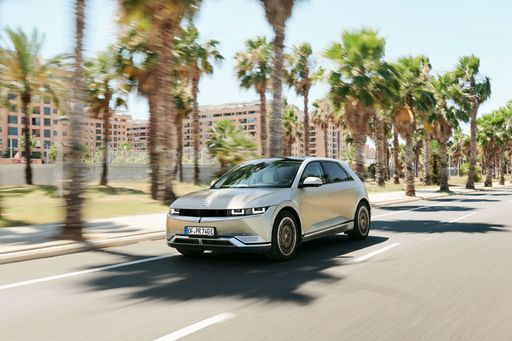
Hyundai IONIQ 5
Hyundai IONIQ 5
The Hyundai IONIQ 5 showcases a bold and futuristic design that captures attention with its striking facade and sharp lines. This electric vehicle offers an impressive blend of performance and efficiency, making it a compelling choice for environmentally conscious drivers. Inside, the spacious and tech-forward interior provides a comfortable and engaging driving experience for both driver and passengers.
details @ hyundai.news
@ hyundai.news
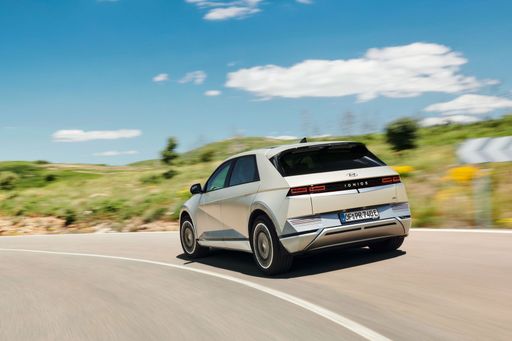 @ hyundai.news
@ hyundai.news
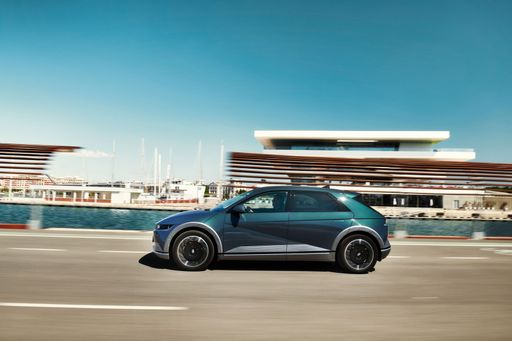 @ hyundai.news
@ hyundai.news
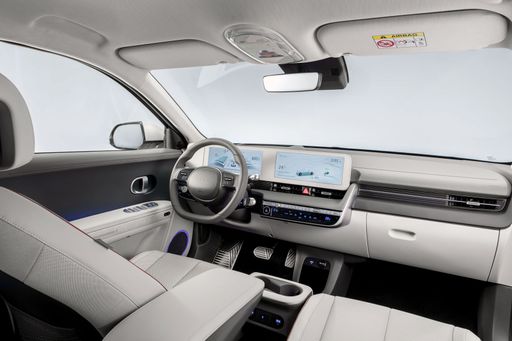 @ hyundai.news
@ hyundai.news
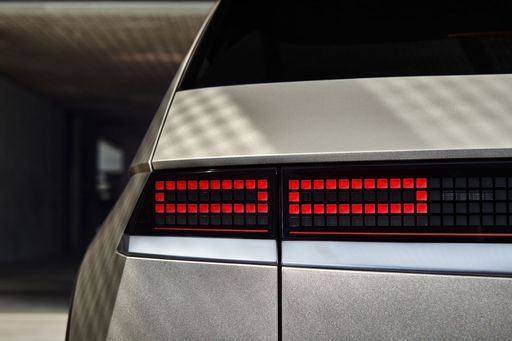 @ hyundai.news
@ hyundai.news
Kia EV4 Hatchback
The Kia EV4 Hatchback paves the way for a sleek and efficient driving experience, capturing attention with its modern design and eco-friendly performance. Built with comfort and sustainability in mind, this hatchback redefines electric mobility for urban explorers and suburban commuters alike. Inside, the EV4 boasts a spacious and tech-savvy interior, offering drivers and passengers a seamless blend of innovation and practicality.
details

|
|
|
|
|
Costs and Consumption |
|
|---|---|
|
Price
38500 - 64200 £
|
Price
32200 - 42400 £
|
|
Consumption L/100km
-
|
Consumption L/100km
-
|
|
Consumption kWh/100km
15.6 - 21.2 kWh
|
Consumption kWh/100km
14.9 - 16.2 kWh
|
|
Electric Range
440 - 570 km
|
Electric Range
440 - 625 km
|
|
Battery Capacity
63 - 84 kWh
|
Battery Capacity
58.3 - 81.4 kWh
|
|
co2
0 g/km
|
co2
0 g/km
|
|
Fuel tank capacity
-
|
Fuel tank capacity
-
|
Dimensions and Body |
|
|---|---|
|
Body Type
SUV
|
Body Type
Hatchback
|
|
Seats
5
|
Seats
5
|
|
Doors
5
|
Doors
5
|
|
Curb weight
1955 - 2275 kg
|
Curb weight
1811 - 1910 kg
|
|
Trunk capacity
480 - 520 L
|
Trunk capacity
435 L
|
|
Length
4655 - 4715 mm
|
Length
4430 - 4450 mm
|
|
Width
1890 - 1940 mm
|
Width
1860 mm
|
|
Height
1585 - 1605 mm
|
Height
1485 mm
|
|
Max trunk capacity
1540 - 1580 L
|
Max trunk capacity
1415 L
|
|
Payload
385 - 530 kg
|
Payload
445 - 459 kg
|
Engine and Performance |
|
|---|---|
|
Engine Type
Electric
|
Engine Type
Electric
|
|
Transmission
Automatic
|
Transmission
Automatic
|
|
Transmission Detail
Reduction Gearbox
|
Transmission Detail
Reduction Gearbox
|
|
Drive Type
Rear-Wheel Drive, All-Wheel Drive
|
Drive Type
Front-Wheel Drive
|
|
Power HP
170 - 650 HP
|
Power HP
204 HP
|
|
Acceleration 0-100km/h
3.5 - 8.5 s
|
Acceleration 0-100km/h
7.4 - 7.8 s
|
|
Max Speed
185 - 260 km/h
|
Max Speed
170 km/h
|
|
Torque
350 - 770 Nm
|
Torque
283 Nm
|
|
Number of Cylinders
-
|
Number of Cylinders
-
|
|
Power kW
125 - 478 kW
|
Power kW
150 kW
|
|
Engine capacity
-
|
Engine capacity
-
|
General |
|
|---|---|
|
Model Year
2024
|
Model Year
2025
|
|
CO2 Efficiency Class
A
|
CO2 Efficiency Class
A
|
|
Brand
Hyundai
|
Brand
Kia
|
What drive types are available for the Hyundai IONIQ 5?
The Hyundai IONIQ 5 is available as Rear-Wheel Drive or All-Wheel Drive.
The prices and data displayed are estimates based on German list prices and may vary by country. This information is not legally binding.
